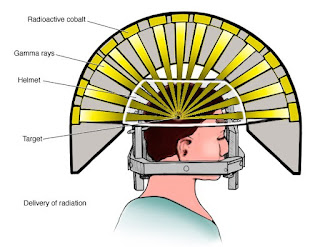Prostate cancer is the fourth most common
cancer and is the second most frequently diagnosed cancer among men.
Studies have suggested that an increased risk
of prostate cancer among men may be associated with age, race/ ethnicity and
family history of cancer.
The etiology of prostate cancer
is not precisely known with respect to other putative risk factors such as farming,
exposure to pesticides and lifestyle factors. Therefore, the purpose of this
paper was to review the published literature to identify some of the potential
risk factors of prostate cancer.






